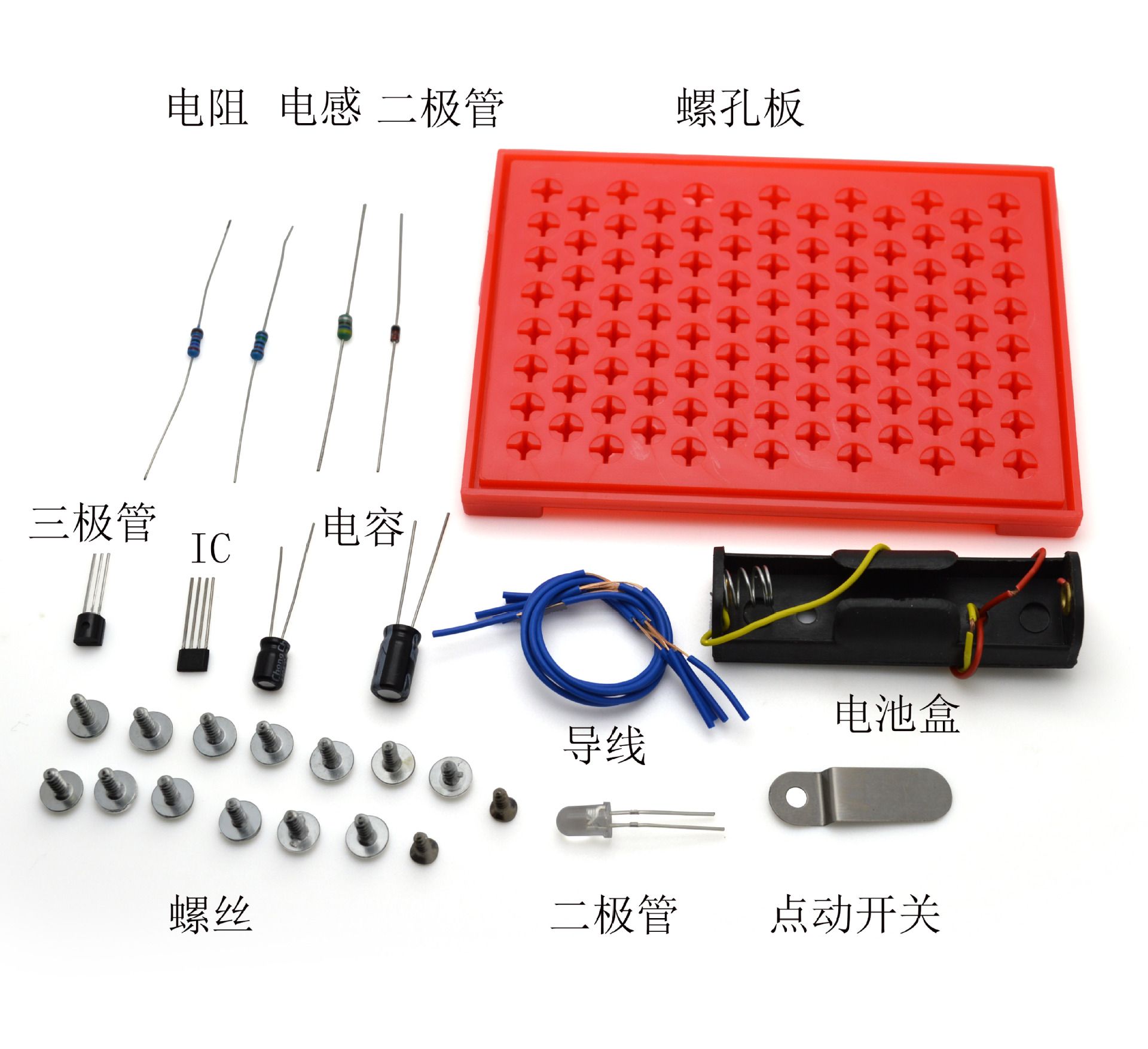X Email Mobile
| Number | Unit-price | Total | |||
| I want to buy: | × | 5.0 | = | 0 |
A new item has been added to your Shopping Cart. You now have items in your Shopping Cart.
义乌市驰购百货贸易商行 2yr.
Main Products:玩具
Contacts:汪先生Chat
Mobile:86-15267379642
WhatsApp:15267379642
E-mail: WeChat:15267379642
Address:浙江省 金华 义乌市 江东街道108栋5单元,Yiwu,Jinhua City,Zhejiang Province
LED energy-saving lamps are caused by the field emission of light, which belongs to a cold light source. The light is soft, has good color rendering, low heat generation, low temperature, and has a service life of over 100,000 hours, which is dozens of times that of ordinary incandescent bulbs. They are generally not damaged.
Energy-saving lamps have significant advantages over common incandescent and fluorescent lamps. The LED energy-saving lamp has an illumination efficiency of over 90%, while the efficiency of a common incandescent lamp is only about 20%, and that of a common fluorescent lamp is only about 40%. Therefore, LED energy-saving lamps have the significant advantage of high efficiency and energy saving. The LED energy-saving lamp flows with direct current, and the brightness of the light is constant, without flickering, which is beneficial to the protection of the user's eyes and has the function of protecting the eyes.
Experimental Cognition
Battery box: As the name suggests, it is a box used to install and fix the batteries, which is a device for outputting battery power.
LED lights: LED stands for Light Emitting Diode, which is a solid-state semiconductor device that can directly convert electricity into light. The heart of an LED is a semiconductor wafer, with one end attached to a substrate and the other end connected to the positive terminal of the power source, enclosing the entire wafer in an epoxy resin. The semiconductor wafer consists of three parts: one is a P-type semiconductor, where holes dominate, and the other end is an N-type semiconductor, where electrons predominate. Typically, there is one to five quantum wells in the middle. When an electric current flows through the wire to act on the wafer, electrons and holes are pushed towards the quantum wells, where they recombine. This results in the emission of energy in the form of photons, which is the principle of LED light emission. The wavelength of the light, which is the color of the light, is determined by the material that forms the P-N junction.
Capacitor: In a sense, a capacitor is somewhat like a battery. Although the two work in completely different ways, they both store electrical energy, and it cannot create electrons—it merely stores them.
Triode: When the triode operates in the amplification region, the collector current and the base current are essentially in a fixed ratio. The so-called amplification function of the triode is actually based on this fixed ratio, allowing a small current (the base current) to control a larger current (the collector current).
Resistance: The resistance of a conductor to the flow of current is called resistance! Factors affecting the size of resistance: length, cross-sectional area, material, temperature, and so on. Generally, for metal materials, resistance increases with temperature.
IC: is a specialized control IC for single-cell battery operation, which integrates two circuit sections: charging control and driving control. The charging control section includes level detection, charging control, and anti-backflow of battery current functions. The driving control section can complete level detection of rechargeable batteries (hereinafter referred to as batteries), generate pulse waves, manual standby, and peak current limitation functions. This circuit requires only one peripheral inductor component to form a step-up switch mode power supply system, and the highest charging and driving efficiencies both exceed 80%. The circuit features high efficiency, low power consumption, a working voltage as low as 0.85V, and the ability to automatically complete charging and driving functions, making it particularly suitable for lighting schemes powered by single-cell batteries.
Inductance: Inductance is divided into self-inductance and mutual inductance.
Self-induction —— acts as a barrier to alternating current.
Mutual Induction - The induction voltage generated by two coils that are close to each other is also known as mutual induction.
I feel okay without a fever, but sometimes I feel hot with mutual induction.
Experimental steps:
1. Experiment preparation: Understand the experimental equipment: screw hole board, capacitor, inductor, transistor, LED light, resistor, wire, screwdriver, slant-nose pliers.
Experiment Report:
Understanding the working principle of energy-saving lamps and making them by yourself can certainly give a deeper understanding of how energy-saving lamps are made.















Update time:
TOP